What to Expect at Your First Chiropractic Visit: A Comprehensive Guide
October 10, 2025
7 min

Introduction to Your Chiropractic Journey
Visiting a chiropractor for the first time can be both exciting and a bit daunting. Understanding what to expect can ease any nervousness and help you get the most out of your care. This comprehensive guide will walk you through each step of your initial chiropractic experience, including preparation tips, the examination process, treatment techniques, potential sensations after your visit, and the overall benefits and risks of chiropractic care.
Preparing for Your First Chiropractic Appointment

Appointment preparation tips
To make your first chiropractic visit smooth and productive, plan to arrive at least 15 minutes early. This allows time for paperwork and settling in comfortably. Wearing loose, comfortable clothing is highly recommended as it facilitates easier movement during examinations and treatments. Be prepared to discuss your overall health, current symptoms, lifestyle habits, and any previous injuries or treatments. Clear and honest communication helps your chiropractor develop an effective, personalized treatment plan.
What to bring to your first visit
Bring any relevant medical records or imaging results, such as X-rays or MRIs, if available. Also, carry your insurance information, a list of current medications, and any questions you have about the procedure or treatment options. Having these details ready ensures your chiropractor can better understand your health background and streamline the assessment process.
Questions to ask your chiropractor
It’s beneficial to ask about the chiropractor’s qualifications, including licensure and experience. Inquire about the treatment approach, the techniques they use, and how many sessions might be necessary for your condition. Don’t hesitate to discuss potential risks or side effects, and what you can expect in terms of outcomes. Clarify what activities or lifestyle changes you should incorporate and any home care or exercises recommended between visits.
Clothing and arrival recommendations
Wear loose, comfortable clothes that allow easy movement and examination of your spine and joints. Avoid tight clothing that might restrict movement or obscure your posture. Arrive early to fill out paperwork without feeling rushed. It’s also helpful to hydrate before your appointment and be prepared to relax for the exam and treatment process.
By following these tips, you can set a positive foundation for your chiropractic care, ensuring your first visit is as effective and comfortable as possible.
What Happens During Your First Chiropractic Visit

Medical history intake
At the beginning of your first appointment, the chiropractor will gather detailed medical history and symptom information. This includes asking about the onset, location, and nature of pain or discomfort, any previous injuries, and your overall health. It’s helpful to bring any relevant medical records, imaging reports, or a list of medications (Initial Chiropractor Visit, Medical History and Physical Exam in Chiropractic Care, Medical History Review).
Physical and neurological examinations
The next step involves a physical exam focused on your spine and joints. The chiropractor assesses posture, spinal alignment, and movement capabilities. They will test muscle strength, joint flexibility, and reflexes to evaluate your neurological health. Orthopedic tests may also be performed to pinpoint specific issues (Physical Exam at Chiropractor, Neurological Integrity Check, Orthopedic and Neurological Exams).
Diagnostic tests like X-rays or MRI
Depending on your symptoms and initial findings, the chiropractor might recommend diagnostic imaging such as X-rays or MRIs. X-rays help visualize bones, identify spinal deformities like scoliosis, or detect recent trauma. MRI scans may be ordered if soft tissue damage (like discs or muscles) is suspected, providing a detailed picture without unnecessary radiation (Use of X-rays and Neurological Assessments in Chiropractic, Use of X-rays in chiropractic care, MRI Scans for Soft Tissue Damage).
Posture and range of motion assessments
Posture analysis and range of motion testing are integral parts of the exam. These assessments reveal limitations or imbalances that may contribute to pain or dysfunction. Identifying these issues guides the chiropractor in developing a tailored treatment plan (Posture Analysis and Range of Motion Testing, Chiropractic Range of Motion Assessment, Posture and Movement Analysis).
Initial treatment plan development
After completing exams and tests, the chiropractor explains their findings, discusses your condition, and outlines a personalized care plan. This plan may include spinal adjustments, therapies, exercises, and lifestyle modifications. The initial visit might also include a gentle adjustment if appropriate, aimed at reducing pain and improving mobility (Developing a Chiropractic Treatment Plan, First Chiropractic Treatment: Spinal and Joint Alignment, Initial Chiropractic Adjustment).
Understanding what to expect during your first chiropractic visit can help you feel more comfortable and prepared. Each step is designed to ensure a safe, effective approach tailored specifically to your health needs (What to Expect at Your First Chiropractic Appointment, First Chiropractic Consultation Overview).
Understanding Chiropractic Adjustments and Techniques

What are chiropractic adjustments, and what techniques are used?
Chiropractic adjustments, also known as spinal manipulation, involve precisely applying controlled force to joints of the spine or other areas of the body. This process aims to improve joint mobility, realign misaligned vertebrae, and alleviate pain.
Different chiropractic techniques and methods
There are several established techniques chiropractors use, tailored to individual needs and conditions:
| Technique Name | Description | How It Works | Typical Use Cases | |----------------|--------------|--------------|-------------------| | Diversified Technique | High-velocity, low-amplitude thrusts | Manual force applied with quick thrusts to restore joint movement | Back pain, neck pain | | Activator Method | Gentle impulses using a small handheld instrument | Uses a spring-loaded device to deliver a gentle, controlled impulse | Sensitive patients, beginners | | Gonstead Technique | Precise adjustments guided by X-ray and detailed analysis | Focuses on specific vertebrae with pinpoint adjustments | Complex misalignments, scoliosis | | Thompson Drop | Special tables with dropping sections | Uses gravity and controlled force for gentle adjustment, often with a |
The Process and Stages of Chiropractic Care

What is the typical process and stages involved in chiropractic care and treatment plans?
Chiropractic care generally unfolds in three distinct phases, each designed to support the patient's healing journey and long-term wellness.
The first phase, called acute or relief care, typically lasts from 2 to 6 weeks. During this stage, the primary goal is to reduce pain, alleviate inflammation, and restore joint mobility. Patients often undergo frequent adjustments, complemented by rest, ice or heat therapy, and possibly some physical therapy exercises to address immediate discomfort.
Once pain and inflammation are controlled, patients move into the corrective or rehabilitative phase, which usually spans 4 to 8 weeks. This stage concentrates on repairing damaged muscles and joints, retraining proper movement patterns, and strengthening supportive tissues. Rehabilitative exercises are introduced to prevent re-injury and to rebuild strength, stability, and function.
The final stage is wellness or maintenance care. In this phase, the focus shifts to preserving gains made in earlier stages, preventing future issues, and promoting overall health. Patients typically schedule periodic adjustments along with lifestyle advice including nutrition, posture, and ergonomic practices to sustain spinal health and prevent relapse.
The length and specific treatment techniques used in each phase depend on the individual's condition, how they respond to therapy, and their health objectives. Chiropractors tailor treatment plans dynamically, adjusting strategies based on patient progress and feedback.
After Your Chiropractic Visit: What to Expect and Care Tips

What should I expect after my chiropractic visit, including potential sensations and care tips?
Following a chiropractic session, it is common to experience mild soreness, fatigue, or a temporary feeling of being "weird." These reactions are normal as your body adjusts to spinal or joint movements and releases toxins accumulated from tension or injury.
Some individuals report feeling immediate relief, better mobility, or a sense of relaxation right after treatment. Others might notice no immediate difference but observe improvements within a day or two.
To support your recovery, stay well-hydrated, as water helps flush out toxins. Avoid strenuous activities, heavy lifting, or sudden, explosive movements that could strain your healing tissues.
Applying ice or heat as recommended by your chiropractor can alleviate soreness—ice to reduce inflammation or heat to relax muscles. Maintaining proper posture and engaging in gentle stretching can also foster comfort and healing.
Most post-visit sensations typically resolve within 24 to 48 hours. However, if you experience unusual or severe symptoms like numbness, weakness, sharp pains, or persistent discomfort, seek medical attention promptly. More about post-treatment effects of chiropractic.
What are the common concerns, risks, and benefits associated with chiropractic care?
Chiropractic care effectively addresses musculoskeletal issues such as low back pain, neck pain, headaches, and joint discomfort. Many patients experience immediate symptom relief and temporary soreness, which is usually mild and transient.
While generally safe when performed by licensed professionals, chiropractic treatments carry minimal risks. These can include herniated disks, nerve compression, or, rarely, stroke—particularly after neck adjustments. Risk factors are higher for individuals with certain conditions, including osteoporosis, spinal cancer, or severe spinal degenerative diseases.
The benefits include improved mobility, posture correction, and relief from pain. However, the clinical effectiveness for some chronic conditions remains debated, with current evidence supporting significant benefits mainly for acute issues. Learn more about benefits of chiropractic adjustment.
It’s essential to communicate openly with your chiropractor about your health history and any concerns. Choosing a qualified, licensed practitioner minimizes risks, ensuring a safe and beneficial treatment experience.
In summary, chiropractic care is a generally safe, drug-free approach that can enhance your well-being when tailored to your specific health needs and administered responsibly.
Final Thoughts on Your First Chiropractic Experience
Your first chiropractic visit is a foundational step toward improved musculoskeletal health and overall well-being. By preparing adequately, understanding the examination and treatment process, and following post-visit care instructions, you set the stage for a successful therapeutic journey. Chiropractic care offers a holistic approach with personalized plans through various stages to not only relieve pain but also improve function and maintain wellness. Remember to communicate openly with your chiropractor and remain informed — this will empower you to maximize the benefits of your care safely and effectively.
Recent articles

Simple Lifestyle Adjustments to Maintain a Healthy Spine

Personalized Nutritional Counseling for Improved Health Outcomes

Exploring Non-Surgical Treatments for Spine-Related Conditions

An Introduction to Spinal Decompression for Sciatica Patients

Transformative Success Stories: Patient Experiences with Chiropractic Treatments
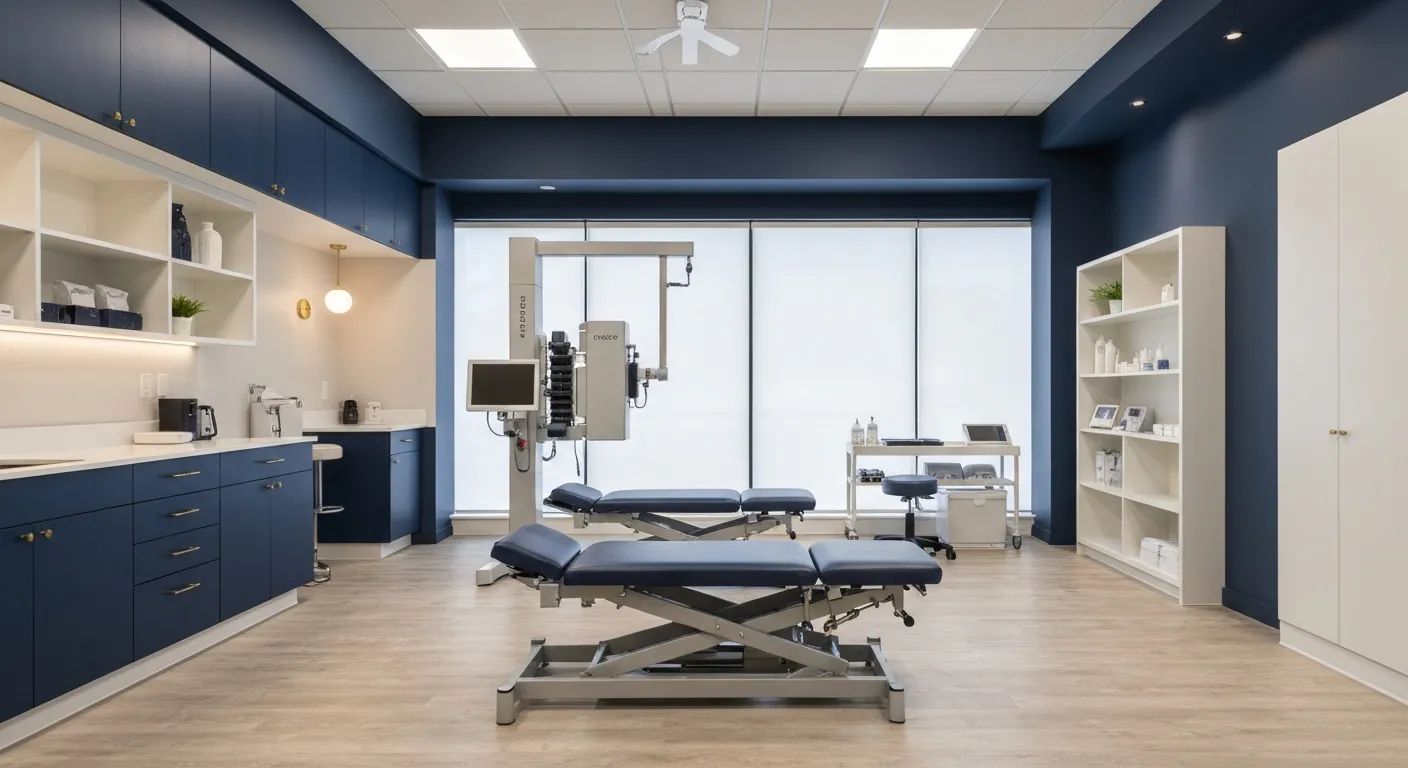
Why Chiropractic Care Is Essential for Back Pain Relief

Addressing Underlying Causes Versus Symptom Management in Pain Care

The Role of Nutrition in Enhancing Chiropractic Treatment Effectiveness
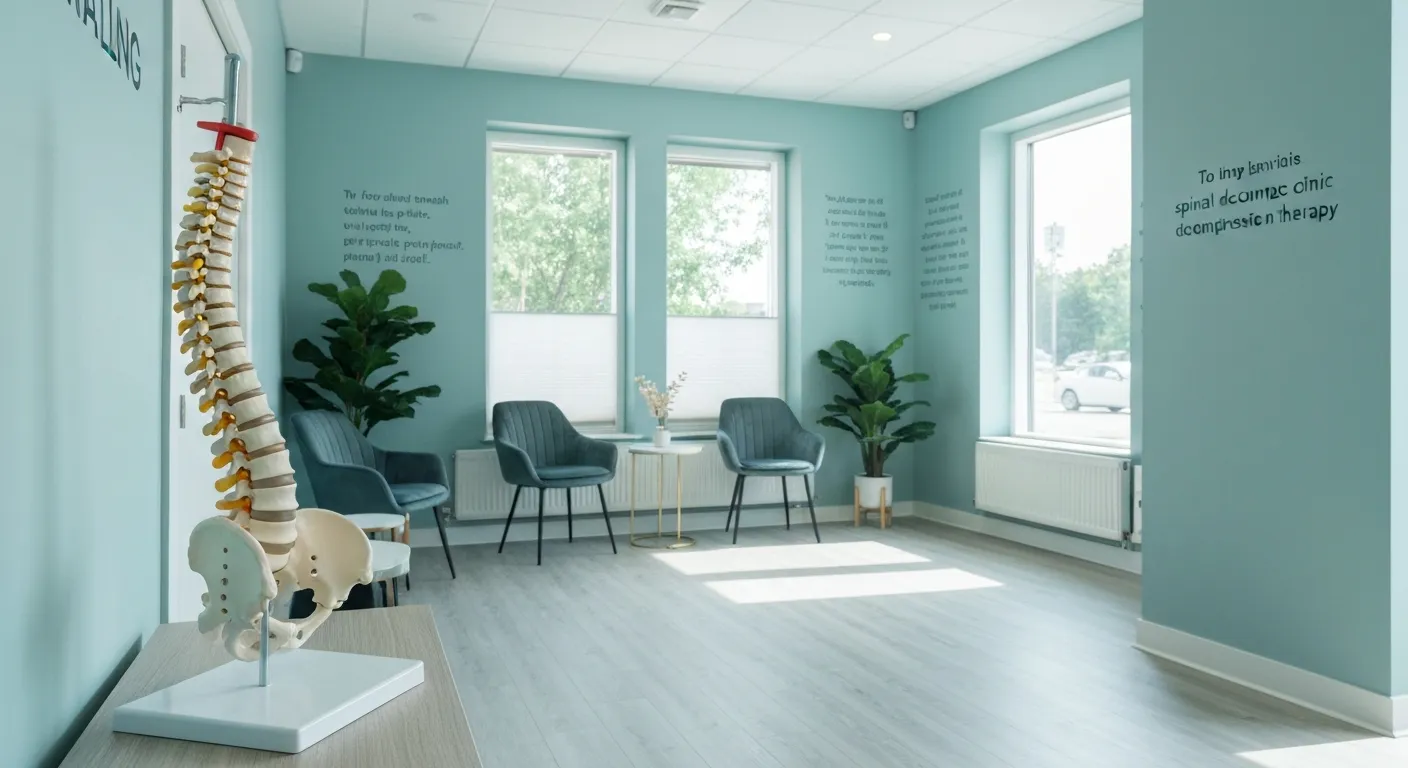
Sciatica Treatment Options: Is Spinal Decompression Right for You?

Lifestyle Tips to Maintain a Healthy Spine and Prevent Back Issues

The Synergy Between Physiotherapy and Chiropractic Treatments

What Happens During Your Initial Chiropractic Consultation

Effective Corrective Exercises for Sustainable Pain Management

Taking a Root Cause Approach to Chronic Pain Management

Holistic Pain Management Techniques Without Surgery

How Patient Success Stories Validate Chiropractic Care Benefits

Spinal Decompression: Innovative Treatment for Sciatic Nerve Pain

Spinal Decompression Therapy: A Non-Invasive Approach to Sciatica Relief

Exploring Holistic Approaches Beyond Surgery for Pain Relief

Practical Lifestyle Advice to Support a Healthy Spine Every Day

Corrective Exercise Routines Designed for Long-Term Pain Prevention

Real Patient Stories: Overcoming Chronic Pain with Chiropractic Care

Lifestyle Changes That Promote a Healthy Spine and Prevent Injury

How Addressing the Root Cause of Pain Leads to Lasting Relief

Non-Surgical Holistic Therapies to Manage Chronic Pain Effectively

Nutritional Counseling's Impact on Physical Health and Healing

Benefits of Regular Chiropractic Care for a Stronger Back

Your First Chiropractic Visit: What to Expect and How to Prepare

Patient Experiences: How Chiropractic Care Transformed Their Lives

Exploring Holistic, Non-Surgical Options for Pain Management

Combining Physiotherapy with Chiropractic Treatments for Enhanced Recovery

Holistic Treatments That Offer Alternatives to Surgery for Pain Relief

Corrective Exercise Strategies for Long-Term Spine Health

How Physiotherapy Complements Chiropractic Adjustments for Better Outcomes

First-Time Chiropractic Visitors: What You Should Know

Understanding the Importance of Treating Pain at Its Source

Adopting Lifestyle Changes to Support Your Spine's Wellness

Utilizing Physiotherapy to Enhance Chiropractic Treatment Outcomes

The Key Advantages of Chiropractic Care for Back Pain Sufferers

Why Focusing on Root Causes Improves Pain Treatment Success

Corrective Exercises That Promote Lasting Pain Relief and Mobility

Sciatica Relief Through Targeted Spinal Decompression Techniques

Preparing for Your First Chiropractic Appointment with Confidence

Healthy Lifestyle Habits for Maintaining Spinal Alignment

Success Stories Highlighting Chiropractic's Role in Pain Recovery

Top Benefits of Chiropractic Care for Chronic Back Pain

Nutrition Tips to Boost Your Overall Wellness and Recovery

How Chiropractic Care Alleviates Back Pain Naturally

How Nutritional Counseling Supports Overall Wellness and Spine Health

Step-by-Step Guide to Your First Visit with a Chiropractor

Using Nutrition to Support Chiropractic and Overall Wellness

Integrating Physiotherapy in Your Chiropractic Healing Journey

How Physiotherapy Complements Chiropractic Adjustments for Faster Healing

Lifestyle Tips for Maintaining a Healthy Spine and Preventing Back Pain

Heartwarming Patient Testimonials Highlighting Chiropractic Success

How Proper Nutrition Supports Chiropractic and Physiotherapy Treatments

Combining Physiotherapy and Chiropractic Treatments for Optimal Recovery

Why Chiropractic Treatments Are Effective for Managing Back Pain

Choosing a Chiropractor: Tips for Finding a Trusted Provider

Integrating Physiotherapy and Chiropractic: Benefits and What to Expect

How Tailored Corrective Exercises Can Aid in Pain Management

Chiropractic Care: A Proven Solution for Alleviating Back Pain

What to Expect at Your First Chiropractic Visit: A Comprehensive Guide

The Importance of Root Cause Analysis in Effective Pain Management

The Role of Corrective Exercises in Sustaining Pain-Free Living

Combining Chiropractic and Physiotherapy for Comprehensive Pain Relief

How Addressing Underlying Causes Improves Pain Treatment Effectiveness

Maintaining Spinal Health Through Lifestyle Changes and Preventive Care

Understanding the Benefits of Chiropractic Adjustments for Back Pain Sufferers

Spinal Decompression Therapy: A New Hope for Sciatica Relief

Lifestyle Recommendations to Support a Healthy Spine and Reduce Pain

Choosing the Right Chiropractor: Key Factors to Consider Before Your First Appointment

Non-Invasive Treatment Alternatives: A Holistic Approach to Pain Relief

Corrective Exercises to Support Long-Term Relief from Chronic Pain

Exploring Non-Surgical Approaches to Spine Health and Wellness

Tips for Daily Habits That Keep Your Spine Strong

Success Stories: How Chiropractic Treatments Changed Lives

Why Focusing on the Root Cause of Pain Leads to Better Outcomes

Nutritional Counseling and Its Impact on Overall Wellness and Recovery

Patient Testimonials That Showcase the Power of Chiropractic Care

Preparing for Your First Chiropractic Appointment: What You Need to Know

Holistic Treatment Options: Beyond Surgery for Pain Relief

Holistic Pain Relief Methods That Avoid Surgery

Nutritional Strategies for Supporting Spine Health and Recovery

First Chiropractic Visit: What Happens and How to Prepare

Chiropractic Patient Success Stories: Inspiring Journeys to Wellness
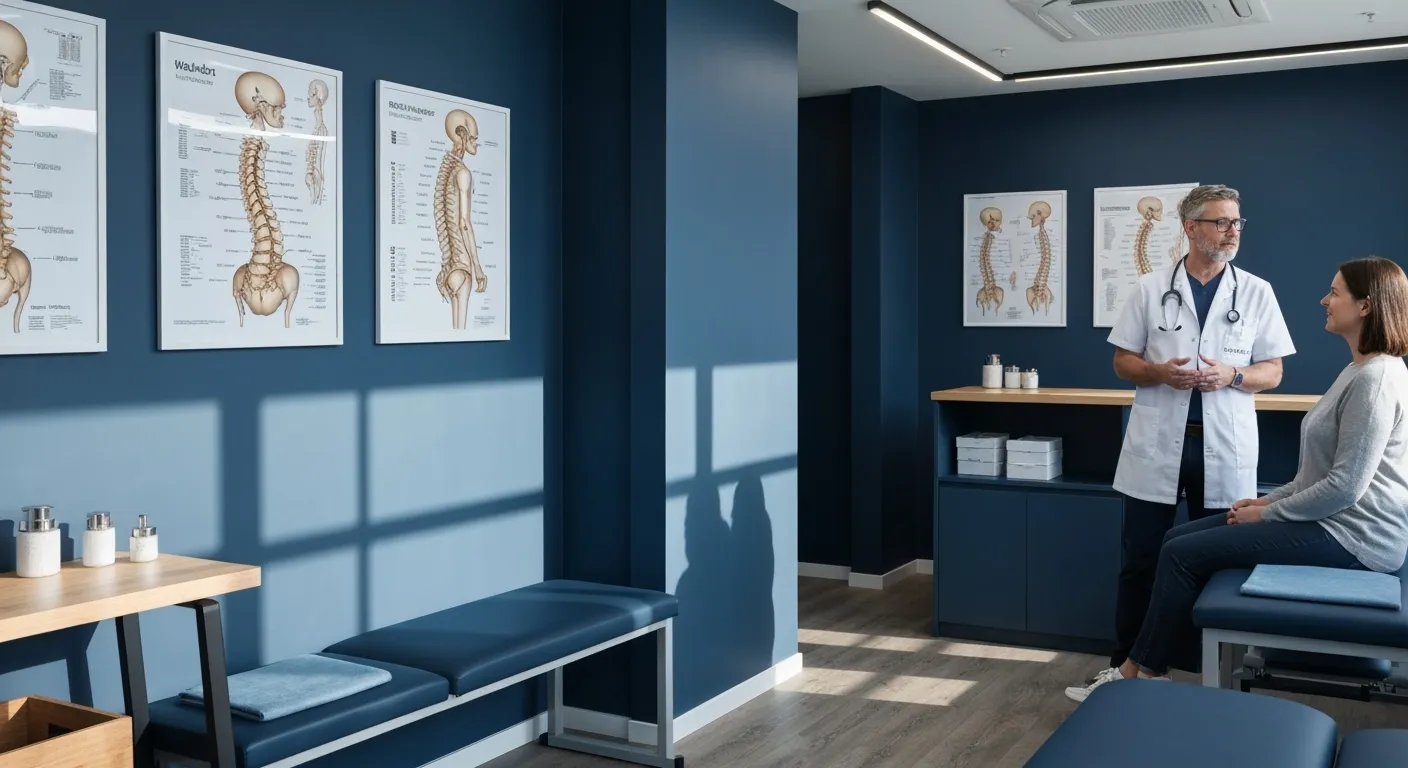
Effectiveness of Spinal Decompression Therapy in Managing Sciatic Nerve Pain

Addressing Pain at Its Source: Why Treating the Root Cause Matters

Corrective Exercise Programs Designed for Long-Term Pain Prevention

Healthy Lifestyle Advice for Maintaining Spinal Alignment
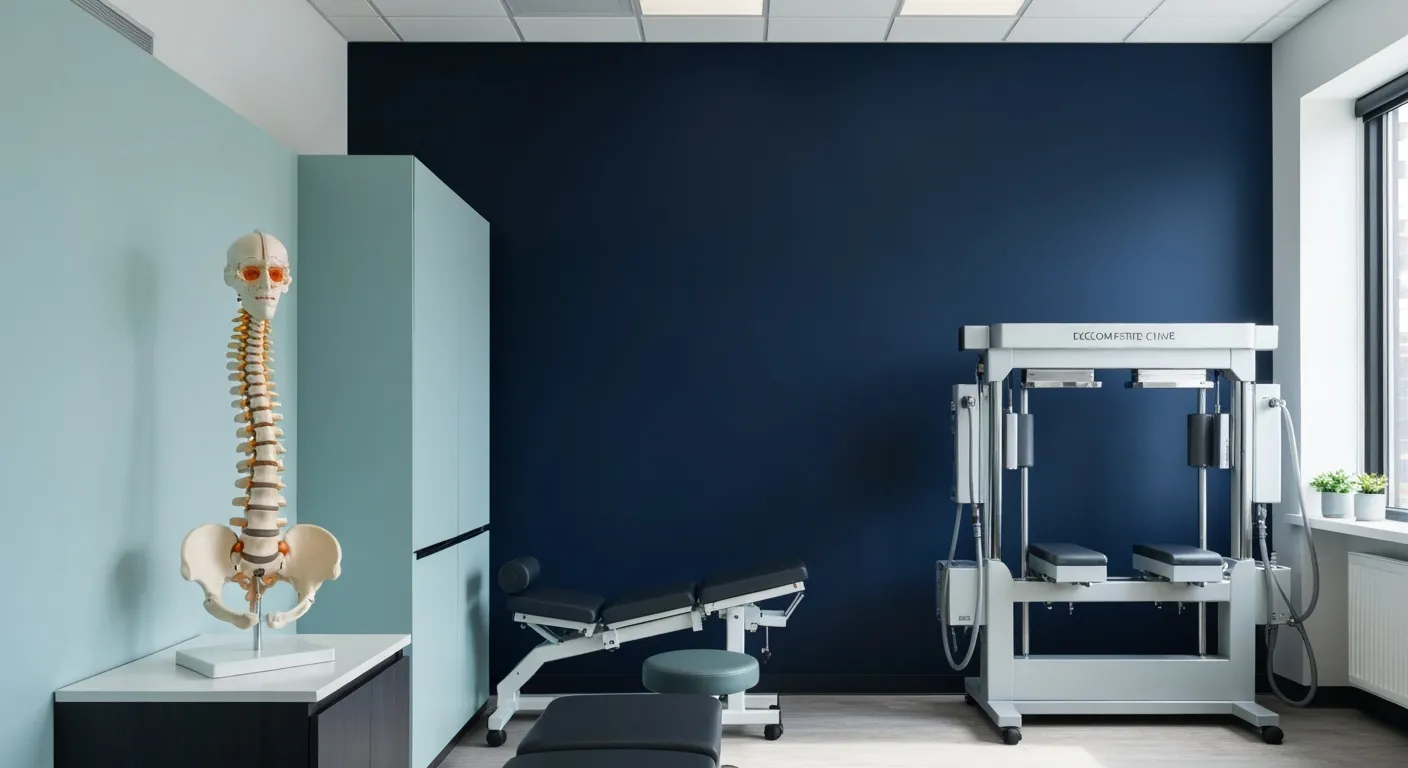
Understanding Spinal Decompression as a Treatment for Sciatica Pain
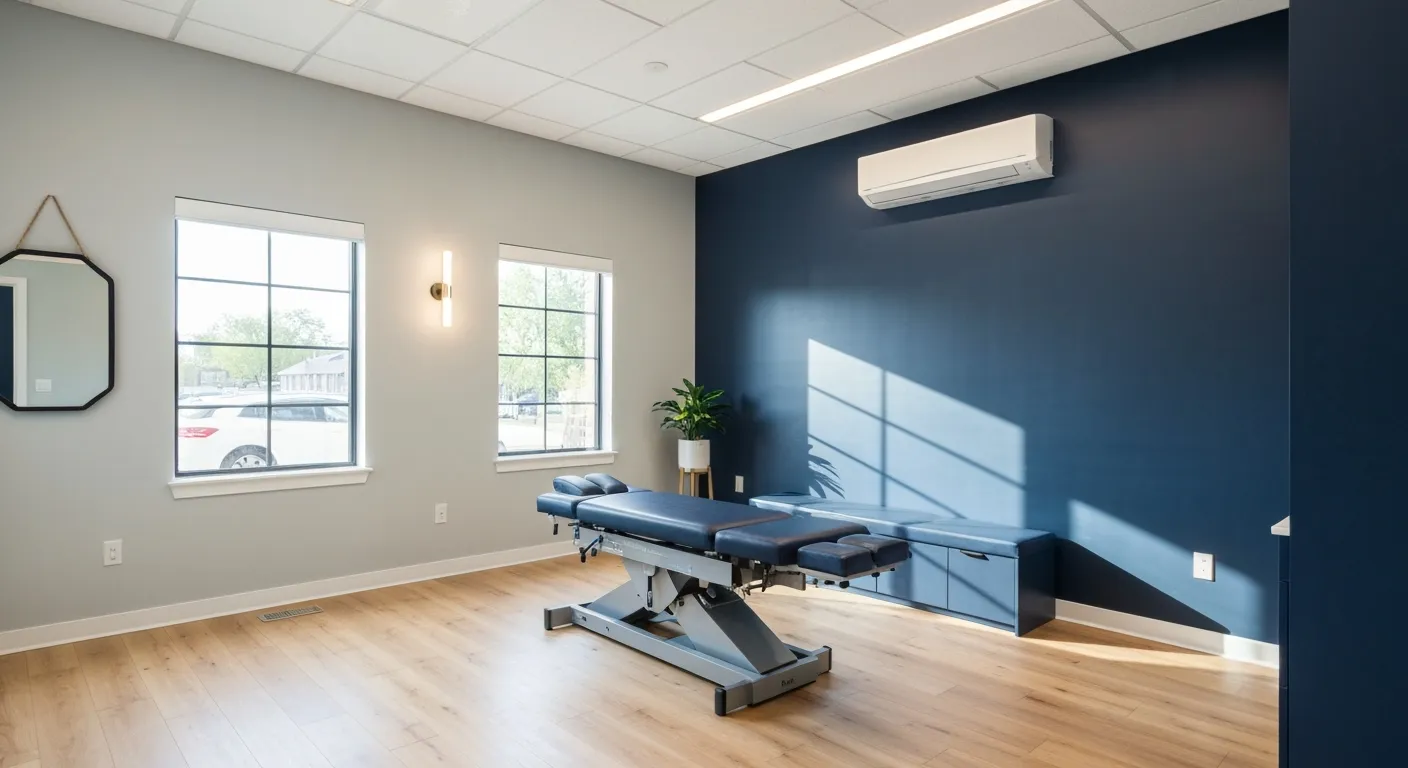
Benefits of Chiropractic Care Specifically for Back Pain Relief

Understanding Gait Analysis in Physiotherapy
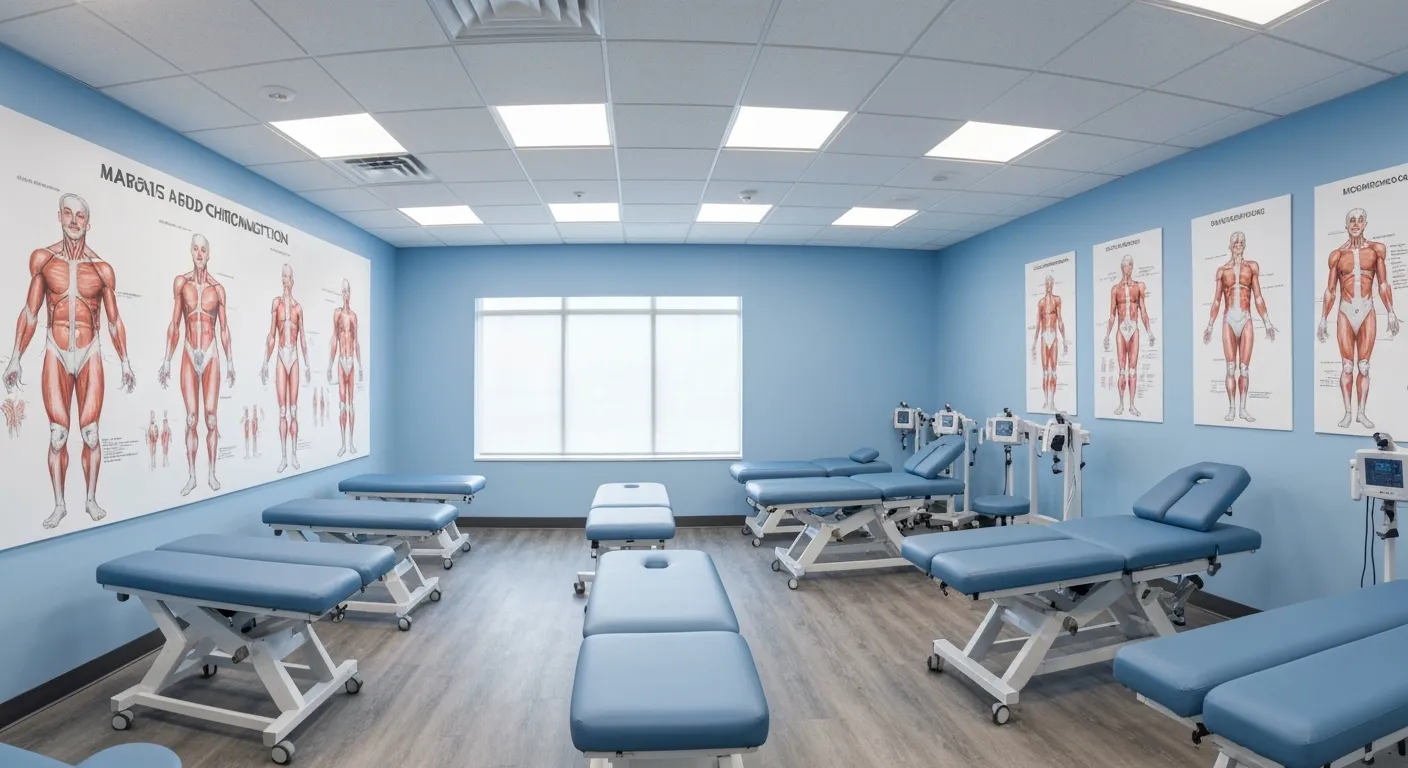
The Difference Between Muscle Soreness and Dysfunction

Workplace Stress Statistics: How Muscle Tension Impacts Productivity

How Physiotherapy Improves Mobility for Seniors

How to Communicate Pain Levels to Your Therapist Effectively
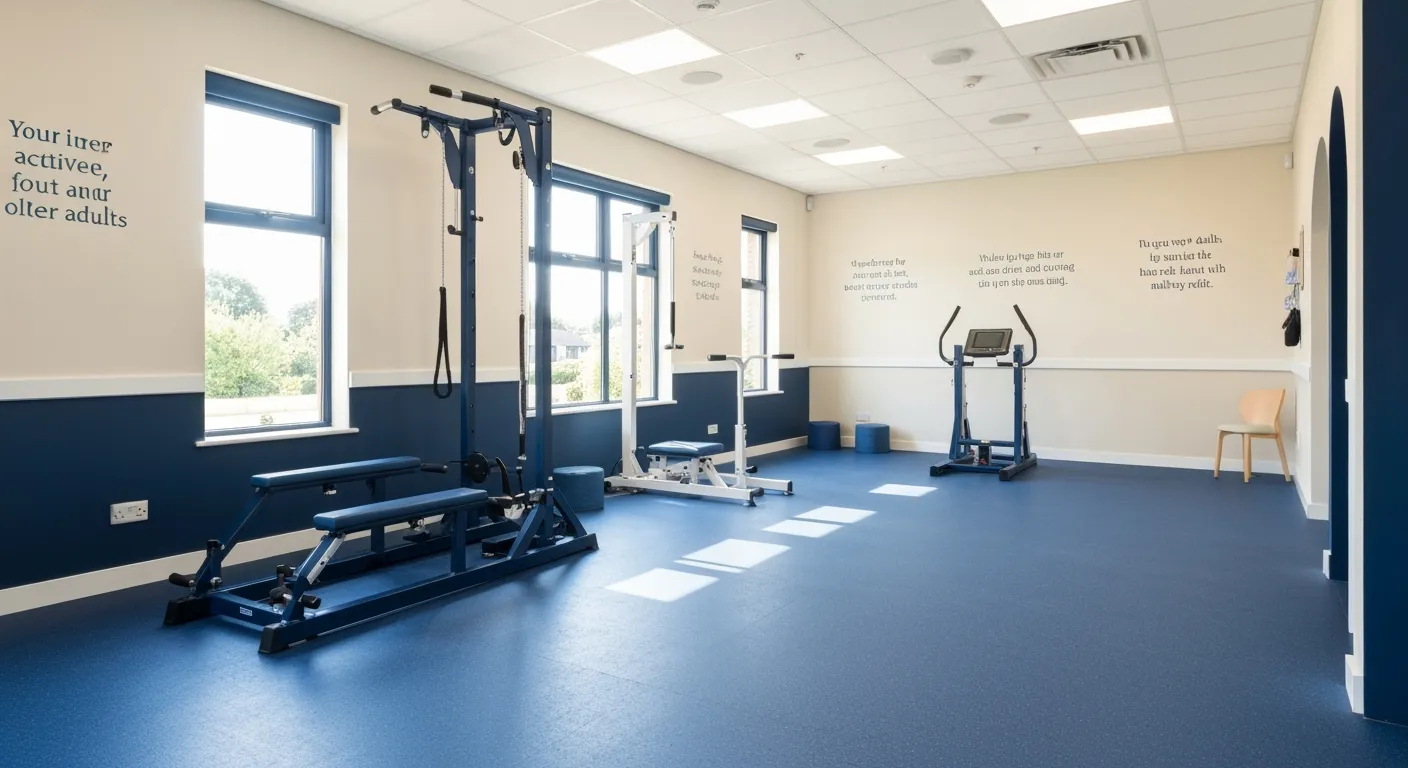
Physiotherapy Interventions for Balance and Fall Prevention

How Physiotherapy Helps Post-Surgical Recovery

